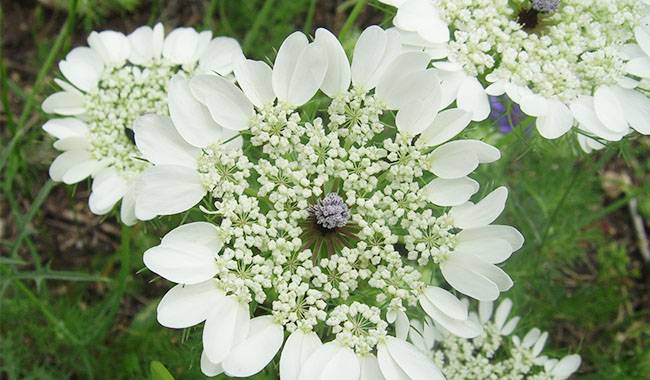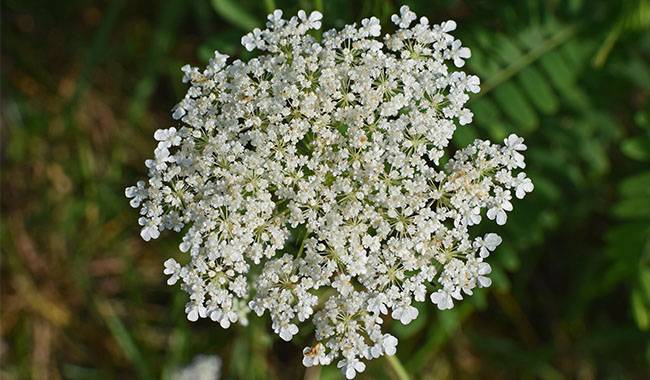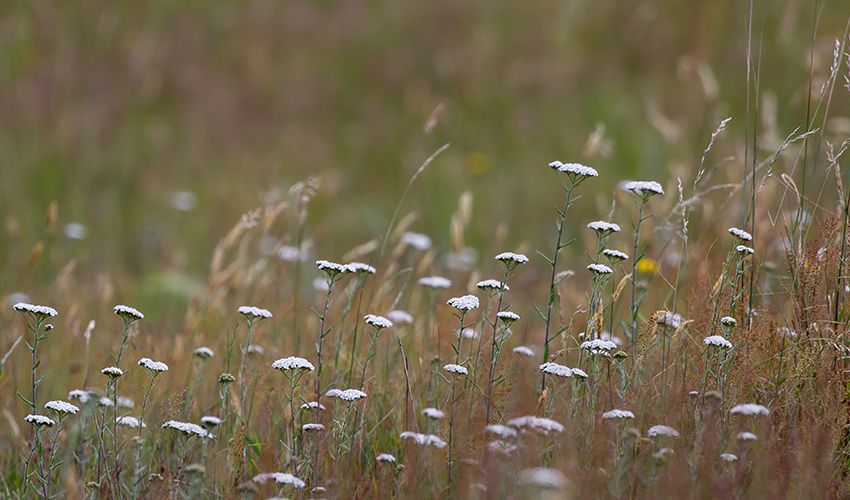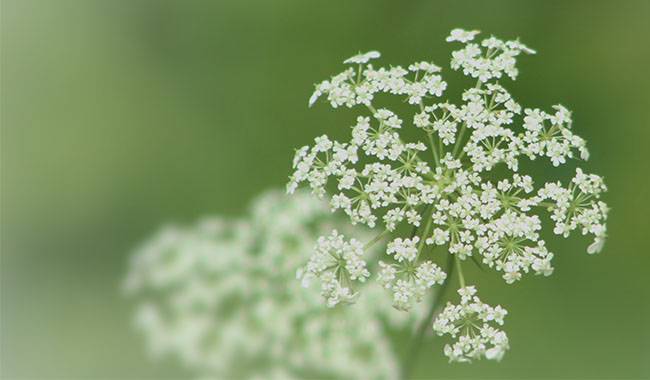
What is Queen Anne’s lace? In the height of summer, the Queen Anne’s Lace umbrellas decorate everything around them. Ammi Majus is known as Queen Anne’s Lace by the English, and some other countries are named after them.
Legend has it that Anne’s, the wife of King James I, was an accomplished needlewoman who, when she came to England from Denmark, suggested that the ladies at court should try their hand at lace weaving. But it was special, as elegant as Queen Anne’s Lace flower. Of course, Anne’s knitted the best lace, really like the Queen Anne’s Lace umbrellas.
The flowers of Queen Anne’s Lace, in turn, are very similar to lace cloaks and have even bloomed and bent inward a bit. Take a closer look at this plant, which is everywhere in the summer – along the road, in the park, on the edge, in the yard, and you’ll understand.
The scientific name of this plant is Daucus carota. biologist Maria SAVCHUK says that the first word means “carrot” in Latin, and the second word also means “carrot”, but in Greek. – It is a carrot.
Queen Anne’s Lace is considered to be a weed, but it is not only beautiful but also good to keep. Because of its strong smell, the lace head attracts bees, including wild bees. Smell the Queen Anne’s Lace stem here – it really does smell like the familiar carrot.
One theory is that it is the flowers on the Queen Anne’s Lace umbrella, placed in a particular geometric pattern, that tune its scent to attract bees for pollination. It turns out that this scent makes sense geometrically.
This may sound a bit strange, but do we know everything about plant life? One thing is clear: this plant also harbors many mysteries.
A RELATIVE OF THE ORANGE ROOT VEGETABLE
The now popular orange carrot originated in the 17th century. In fact, yellow or orange root crops appeared much earlier, of course, as a result of cross-pollination of wild species.
But in the seventeenth century, Dutch breeders developed a sweet root crop that was rich in beta-carotene. They did so in honor of Prince William of Orange, whose coat of arms was precisely orange in color. While carrots have become very tasty, they have lost their magical lacy umbrella flowers.
The roots of Queen Anne’s Lace have a specific aroma and flavor profile that changes during their maturation process. At first, they are quite pleasant, then they become very different, certainly in taste, smell, and color, from their cultivated relatives.
UMBELLIFEROUS PLANT POISONS
Of course, Queen Anne’s Lace should not be considered a vegetable, it has a different role. In ancient times, it was considered a mystical plant, capable of lodging one’s consciousness in a certain area thanks to its aroma. In fact, the healing properties of this plant are mainly determined by its unique odor.
In fact, the medicinal properties of this plant are mainly determined by its peculiar odor. He is said to have taken a concentrated decoction before his death. Originally, by the way, Socrates was believed to have been poisoned by Sikuta, but later he determined that the signs of poisoning described by Plato did not correspond to this.
Other versions have appeared – the philosopher was poisoned by Queen Anne’s Lace or hemlock, both of which are also plants of the Umbelliferae family, i.e. umbrella, or celery, a family of umbrella flowers.
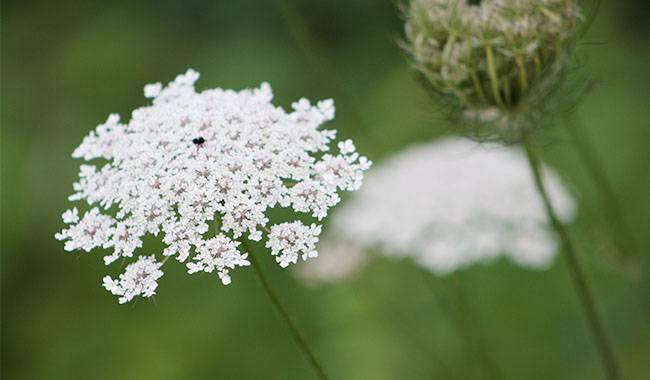
PRODUCTS USED IN THE PREPARATION OF UROLESAN
Queen Anne’s Lace was used by almost all physicians in ancient times, and they even used it for various experiments. For the ancient Greeks and Romans, it was not only a food plant but also a medicinal plant. queen Anne’s Lace was also used in religious ceremonies.
Famous doctors recommended it for coughs, hemorrhoids, kidney and vision disorders, for wounds and burns.
The fruit of the plant, which contains essential oils, alkaloids, tannins, and many trace elements, can be used medicinally. It has diuretic, saline, antispasmodic, anti-inflammatory, and antibacterial properties. In folk medicine, it is used for detoxification, laxative, and indigestion.
In official medicine, Queen Anne’s Lace is used in the production of the well-known drug Urosan.
Its uses and folk medicine – as a diuretic, choleretic, antispasmodic, salve and antiseptic. the fruit of Queen Anne’s Lace is used in Chinese medicine for the treatment of chronic dysentery.
The flowers of Queen Anne’s Lace, as well as other members of the fragrant umbrella family – dill, parsley, celery, coriander, and cumin are used as spices in cooking.




